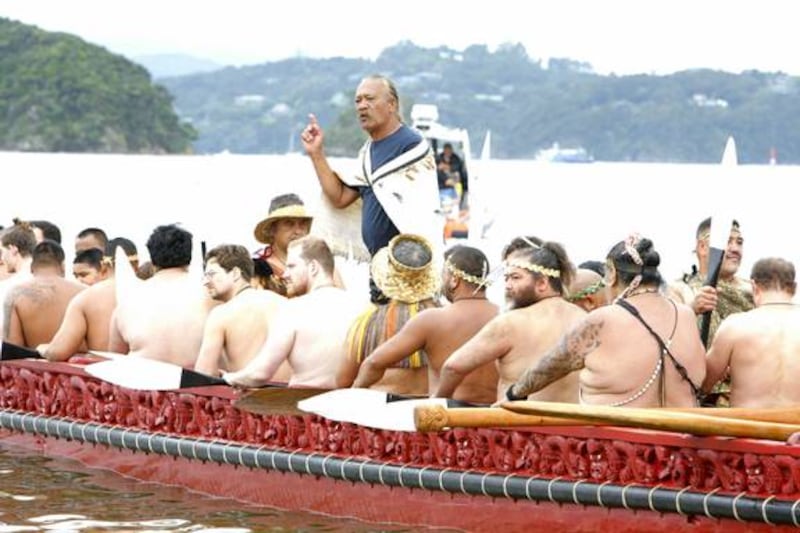Dwindling paddler numbers have prompted a call for more Te Tai Tokerau participants in the annual waka exhibitions at Waitangi.
Ngā Waka o Te Taitokerau Trust is asking kaihoe from around the region to come join in at the Waitangi celebrations.
Waka leader Joe Conrad is fizzing with excitement ahead of Waitangi Day celebrations and says that despite the last few years being hit by things out of their control, his team will be ready.
“Last year, Gabrielle hit us, and a few years before that, it was Covid-19. But this year we have got big numbers up, with 400–500 kaihoe turning up to tent city.”

It’s not just paddlers from the North taking part either, with paddlers coming from Ngāti Tūwharetoa, Te Arawa, Ngāti Awa, and Tainui, with a large contingent of paddlers from the Njord Royal Rowing Club at Leiden University in the Netherlands, who row Te Hono ki Aotearoa, a waka gifted to the Museum Volkenkunde in Leiden.
Waka taking part include Mātaatua Puhi, Aukaha, Whakaangi, and others. Uerangi and Te Whānau Moana are paddled by a female crew of 15.
But the undoubted star of the show is the 100-man waka Ngātokimatawhaorua.
2024 marks a momentous occasion for the waka community in Te Tai Tokerau.
It’s the 50th anniversary since the return of Ngātokimatawhaorua to the waters of the Bay of Islands.
New Zealand’s largest waka tauā or war canoe, Ngātokimatawhaorua, was carved in the late 1930s to commemorate the centenary of the signing of the Treaty of Waitangi in 1940. After falling into disrepair, it was reinvigorated in 1973, just in time for Queen Elizabeth II’s visit to Waitangi.
Conrad says Ngātoki has played a major role in Waitangi Day celebrations.
“Ngātoki and the kaupapa waka is now moving into its 50th year and there have been many other whānau, like the Busby whānau, the Whiu whānau, and those whānau whose grandfathers were my leaders.”
“Whether you are two years old or 80–100 years old, it has always been the kōrero of our kaumātua; Waka has been there to pull our people together.”


